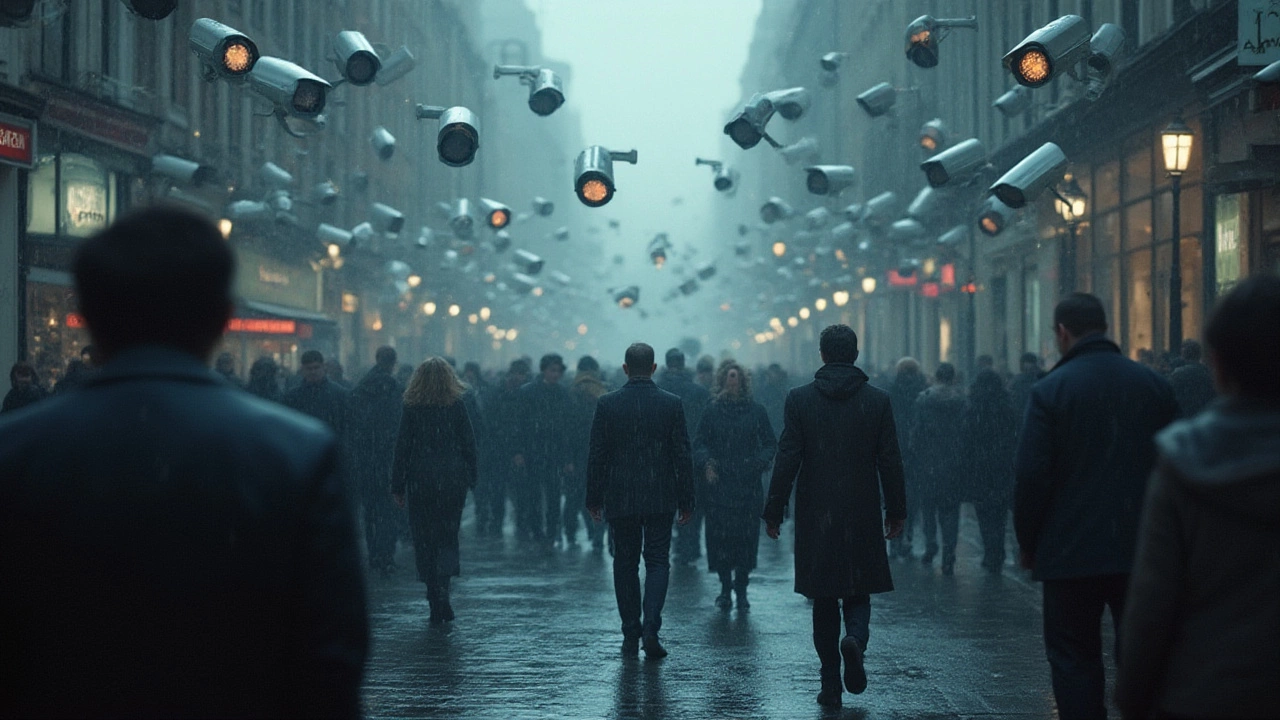If you’re thinking about adding cameras around your home or business, you’ve probably heard the hype about “never missing a thing.” That sounds great until you start weighing the real downsides. Below we break down the most common problems people run into with CCTV, so you can decide if the tech fits your needs.
One of the first bumps you’ll hit is privacy. In the UK, you can’t just point a camera at a neighbour’s driveway or a public street without risking a GDPR breach. Even if you keep it on private property, the wrong angle can capture footage of passers‑by, and that can lead to fines or legal disputes. Many owners end up having to trim footage or blur faces later, which defeats the purpose of clear evidence.
CCTV cameras aren’t magic; they need electricity. A typical 1080p unit draws about 5‑10 watts, which sounds tiny, but across a dozen cameras that adds up on your bill. If you want uninterrupted recording during a blackout, you’ll need battery backups or a UPS, and those aren’t cheap. The extra hardware and maintenance can push the total cost well beyond the initial purchase price.
Night vision is another area where expectations and reality clash. Infrared LEDs can illuminate a scene in complete darkness, but the image often looks grainy and lacks detail. Some budget cameras claim “night vision” but only provide a faint, monochrome view that barely identifies a person’s silhouette. Upgrading to higher‑end units with better IR range can double or triple the expense.
Internet dependency is a hidden snag for many wireless setups. Even though the camera itself records locally, remote access, cloud storage, and real‑time alerts all rely on a steady Wi‑Fi connection. A weak signal or ISP outage means you lose live viewing and may miss critical events. Wired alternatives solve the connectivity issue but require costly cabling and professional installation.
False alarms are a constant irritation. Motion sensors in cheap cameras can’t tell the difference between a leaf blowing and a burglar, leading to endless notifications. Too many alerts can desensitize you, making you ignore a real break‑in. Properly tuning sensitivity settings helps, but it adds time and technical fiddling that most homeowners aren’t keen on.
Maintenance is another silent cost. Lenses get dusty, housings need occasional cleaning, and firmware updates are essential to patch security holes. Skip the updates and your system becomes vulnerable to hacking, turning your own cameras into a privacy risk.
Finally, consider the aesthetic impact. Multiple cameras stuck to walls or corners can make a property look fortified, which might deter some thieves but also lower curb appeal. If you’re renting, landlords may reject installations altogether, limiting your options.
All these factors add up. A CCTV system can be a solid deterrent, but it isn’t a set‑and‑forget solution. Weigh the privacy rules, power costs, night‑vision limits, internet needs, and upkeep before you commit. If the drawbacks feel too heavy, explore alternatives like doorbell cameras, motion‑activated floodlights, or professional monitoring services that require fewer devices on your property.
Bottom line: CCTV works best when you plan for its quirks. Knowing the cons ahead of time lets you pick the right gear, set realistic expectations, and avoid unpleasant surprises down the line.

Explore the hidden downsides of CCTV: privacy concerns, high costs, and hidden risks you probably haven't considered.